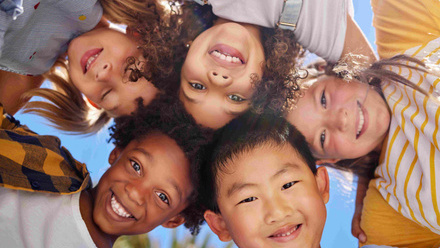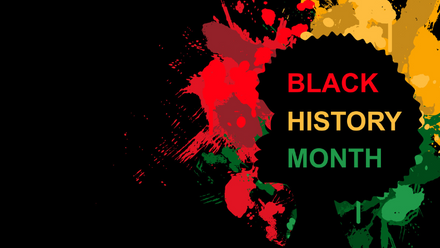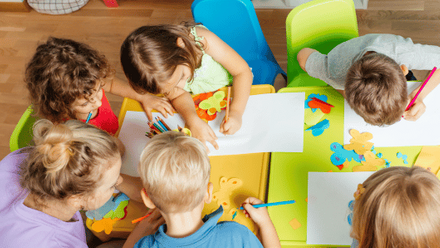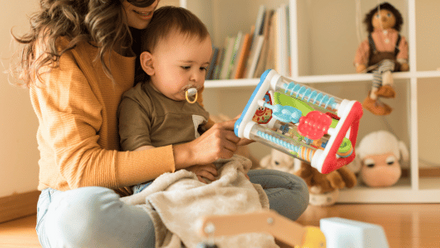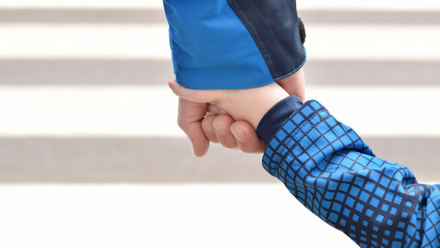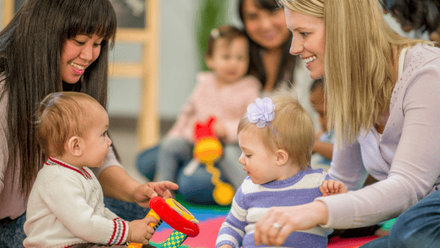Thinking about unconscious bias in inclusive education
Our experiences shape us. The place we grow up in, the situations we are presented with, the circumstances in which we live, the people and places that surround us. They all contribute to our identity, our passions and beliefs, aversions and struggles. What we live through has a huge influence on the kind of person we are. But sometimes these beliefs can be unjustified and can result in unfair attitudes towards others and it can be tricky sometimes to recognise when our own opinions cross this line.
This is known as an unconscious bias and, whilst they happen everywhere, even within the education sector. Let’s take a look at what we mean by an unconscious bias and some of the ways this might be exhibited.
Understanding what unconscious bias means
Unconscious bias is all around us and it impacts everyone. It refers to the ‘gut reactions’ and opinions that we form of others based on our prior experiences, without us even realising we are doing it. Unconscious bias is also known as implicit bias and can heavily influence our reactions, attitudes and consequent behaviours so it’s important to recognise it and know what to do if we find it, in ourselves or others.
Unconscious bias is triggered by our brain automatically making quick judgments and assessments. They are influenced by our background, personal experiences, societal stereotypes and cultural context. It is not just about gender, ethnicity or other visible diversity characteristics - height, body weight, names, and many other things can also trigger unconscious bias.
So, what can we do about it?
Professionals are not immune from unconscious bias which can sometimes result in judgements being made about a child, impacting the decisions we make that involve them. This could relate to the activities planned for individual children’s goals, the observations and assessments we make or the communication and interactions with parents and carers.
Accessible training and education
Take part in unconscious bias training, helping to raise awareness about biases and their impact. By better understanding the wider repercussions of ignored unconscious bias, we can work together to minimise its impact.
Take opportunities of your own to self-reflect on elements of bias, to help you recognise your own biases and think deeply about where and how they might originate. Being self-aware empowers you to be able to recognise unconscious bias and attitudes that might need addressing further. This can be facilitated through journaling, discussions or self-assessment tools.
Promote diversity
For leaders and managers involved in recruitment, additional training should be undertaken to manage fair recruitment processes. This could involve blind hiring processes, such as removing names or identifiable information to reduce bias in the hiring process.
An inclusive culture is important for everyone but can have a positive impact on unconscious bias too by providing meaningful opportunities and uplifting experiences, where diversity is celebrated, and different perspectives are valued. This can help mitigate the influence of biases that might stem from previous experiences and individual circumstances.
Use structured criteria
Use standardized criteria for evaluating performance. This might be used, for example, when observing activities or undertaking supervisions with staff. Following a structure or checklist helps to guide the conversation and reduces the influence of subjective biases in the moment.
We know that working with children is a highly subjective job, where individual interactions change day by day. It can be difficult to step aside from this, so it can be helpful to develop checklists or guidelines that help individuals make decisions more objectively, ensuring all factors are considered.
When it comes to wider decisions, ensure that decision-making considers viewpoints that are diverse in terms of gender, ethnicity, and experience to bring varied perspectives to the table.
Think before you act
It can be tricky to do in a fast-paced environment but try to pause and reflect before making decisions, allowing time to consider whether unconscious biases might be influencing your choices. Ask Critical Questions of yourself. Such as, “am I being fair?” or “could my decision be influenced by stereotypes or assumptions?”
Challenge yourself and others
It can be helpful to talk with others to notice behaviours from an outsider’s point of view. Encourage peers to actively challenge stereotypes and assumptions when they arise, both in themselves and others. Promote the questioning of commonly held beliefs or norms that may be rooted in bias. Comments such as “this is how we’ve always done it” or “that’s the way it is" could indicate elements of bias.
It should be remembered that unconscious bias is often formed with a strong influence of circumstances and background, where some of these experiences might be nurtured from unpleasant situations in the past. Taking this into account when offering feedback and fostering empathy by encouraging individuals to consider situations from others’ perspectives can help counteract biased thinking.
Final thoughts
Unconscious biases can present themselves in so many ways that we couldn’t highlight them all here. They are also geographically influenced, depending on the area’s political, cultural and social history. Take a moment to think about some of the other ways unconscious biases might represent themselves in your setting.

